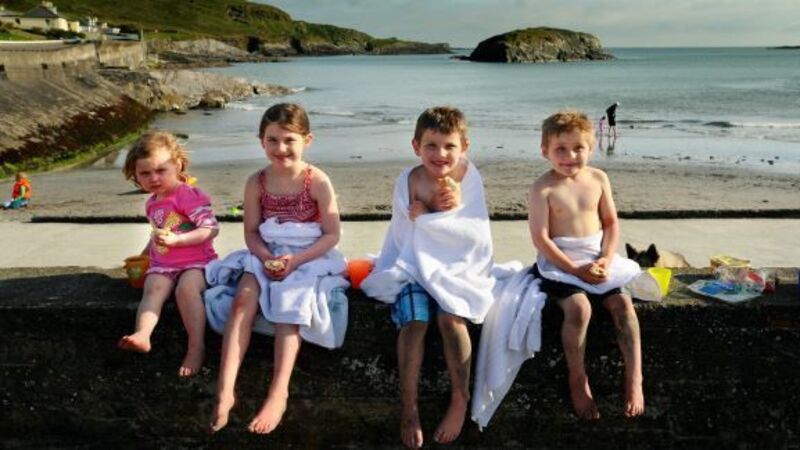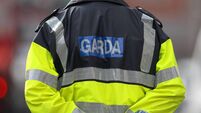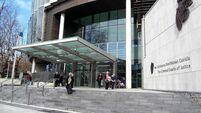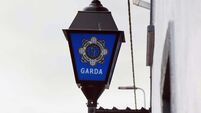300 deaths linked to Irish heatwaves over past 30 years, survey reveals

Number one, we can’t take the heat, and number two, any Irish summer’s day in the mid to high-20s is considered a heatwave.
Research by DIT has shown that Ireland has had seven official heatwaves over the past 30 years and up to 294 deaths are believed to have been linked to them.
The vast bulk of these deaths occurred in the Irish countryside with just 53 in urban areas such as Dublin, Cork, Drogheda, Arklow, Dundalk, Galway, Limerick, and Waterford.
According to Pat Goodman, who led the research, a heatwave is defined as a number of days where the maximum daily temperature is above 25C.
Past heatwaves have also led to increased illness and hospitalisation in this country.
The seven heatwaves took place over 14 days in Jul 1983, over 14 days in Aug 1984, nine days in Jun 1995, over 22 days in Aug 1995, and nine days in early Aug 2003 followed by six more days later that month. The last two weeks of Jul 2006 were also classified as a heatwave.
One of the most dangerous heatwaves was in Jul 1983 when over 115, mainly elderly, people died in rural areas. Another 21 died in towns and cities. Most of those who died across the country were aged over 65. However, the sick, the very young, those living alone, the homeless, and people working outside are also at greater risk.
According to researchers, climate change is likely to lead to more severe heat episodes. And this combined with an ageing population will mean that health services will need to be aware of a potentially increased mortality rate.
Prof Goodman said: “More people die when temperatures are at either extreme, namely during cold weather and during very hot weather. Climate change calls for an evaluation of the past, present, and future health risks associated with heat and heatwaves and our study has found that future more severe heatwaves may result in a significant excess mortality.
“As we face the challenges of global warming and climate change we need to identify what groups of the population are most at risk, and who needs to take precautionary measures to protect themselves from the heat. Our study recommends putting in place the capacity to relay timely warning messages in the case of future heatwaves and improving the energy efficiency of the housing stock so as to limit the impacts of heatwaves.”
During a heatwave, best advice is “to rest, to protect oneself from the sun and the heat, and to drink and eat regularly” according to the EPA-funded Extreme Temperatures and Mortality in Ireland report.
According to the EPA, winter mortality is higher than summer mortality in Ireland and cold-related mortality is expected to remain of greater concern than heat-related mortality over the next 10-15 years.
Taxi, truck, and bus drivers need to wake up to the dangers of the sun’s rays on dull, cloudy days as increasing numbers are presenting with skin cancer.
According to the Irish Association of Plastic Surgeons, professional drivers are showing up at doctors’ surgeries with notably more aged skin on one side of their face than on the other. Such UVA damage is known as unilateral dermatoheliosis
“Scans show that a professional driver’s face can show aging of up to 20 years more on one side. To prevent this, drivers in Ireland should use sunscreen as part of their everyday routine as much as putting on a seatbelt,” said the association’s Dr Jason Kennedy.
UVA rays penetrate deeply into the skin.













